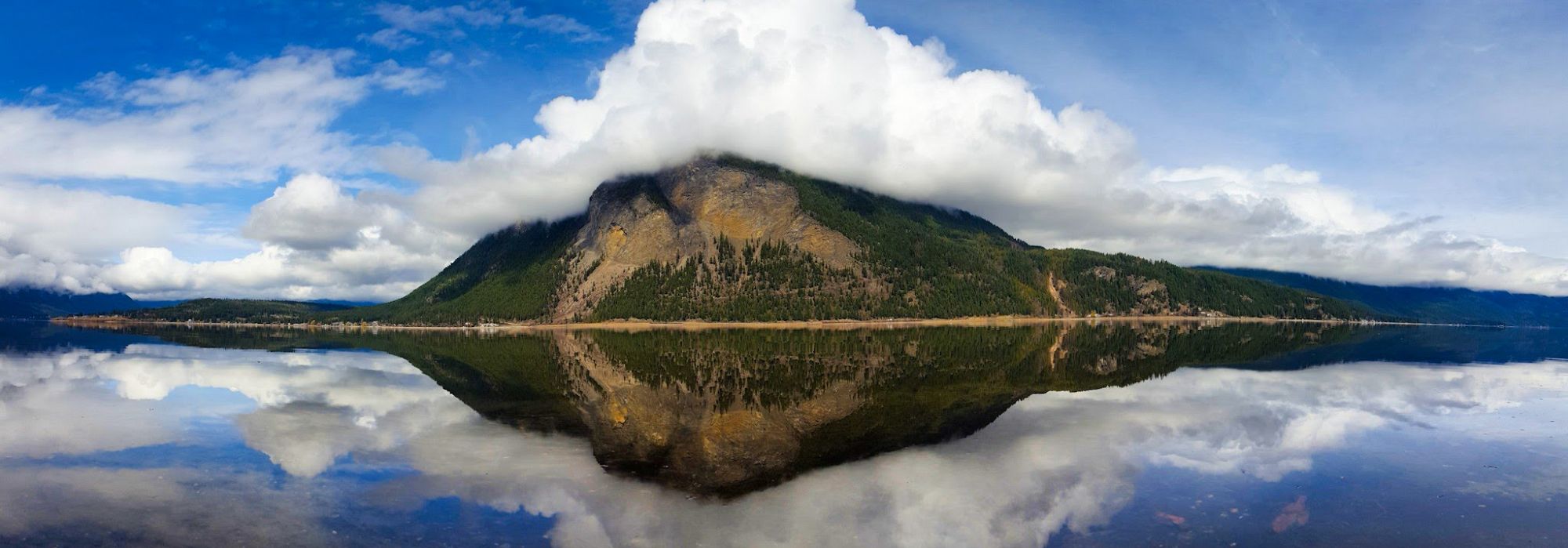Final Draft Report Available
After an extended period and significantly expanded scope, the final working draft of the South Shuswap Destination Trail Planning Framework is ready for review.
See the final draft report here.
See the CSRD project page here.
Contact us at info@shuswaptrails.com for more information.
What is the South Shuswap Destination Trail Planning Framework?
CSRD Parks engaged the Shuswap Trail Alliance to facilitate this planning initiative to determine community interest, tourism economic benefits, and feasibility of a non-motorized destination trail that would circumnavigate the South Shuswap peninsula. The project scope quickly expanded as community engagement revealed other trail development priorities for the South Shuswap, like active transport connectors, day-hikes, mountain biking trail network development, and motorized-use importance. The Planning Framework is anchored in, and builds on, the CSRD Electoral Area C Parks and Trails Master Plan, Shuswap Regional Trails Strategy, Shuswap Tourism Strategy, and Secwépemc values, priorities, and planning to date.
The result of this planning project is the South Shuswap Destination Trail Planning Framework, a living document that provides foundational direction for several priorities in the sub-region including new local trails, the concept of a linked destination trail, non-motorized and motorized use, trailhead staging, a shoreline paddle trail, and overlapping active transportation priorities. While the priority focus of planning has been non-motorized trail use (foot, bicycle, equestrian, snowshoe, backcountry ski, paddle) in keeping with the existing community parks and tourism planning priorities, an assessment of motorized off-road vehicle (ORV) use in the recreational backcountry is included with recommendations for improving recreational access management.
What are Destination Trails?
Destination Trails are trails, trail systems, trail-based experiences, and associated infrastructure and amenities that connect local communities, culture, and environments but also invite, welcome, and attract visitors.
Indigenous and Community Engagement
Meetings with Secwépemc leadership indicated that future trail planning needs to take into consideration sacred areas, including the location of traditional medicinal plants. The Parks and Trails Master Plan also acknowledged implementation of future trails requires further study to understand environmental impacts. Social impacts on local communities are also an important consideration.
An initial phase of planning was completed in 2019 that included a review of destination trail trends, values, issues, and best practices, preliminary leadership consultations, field inventories, and an assessment of opportunities and challenges for improving both non-motorized and motorized recreational access management within Electoral Area C (and now G). Completion of Indigenous and community engagement was paused during the pandemic.
Implementation of the Strategy
Implementation of the strategy is outside the scope of this project and will rely on the collaborative efforts of community partners willing to assume responsibility as lead proponents and champions going forward. Collaboration through the Shuswap Regional Trails Roundtable and the creation of a South Shuswap working group will be key to success.
Exploring Respectfully
Shuswap Trails
Fostering a healthy, engaged community in the Shuswap Region – economic/environmental/social – through well designed, maintained, and promoted trails connecting people, culture, and landscape

